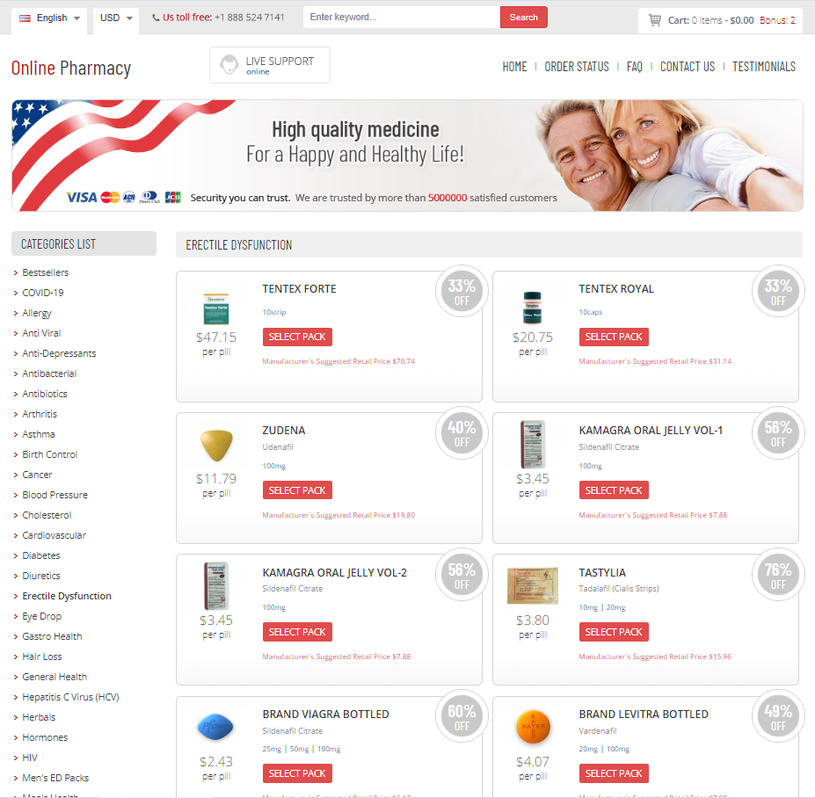To Buy Amoxil Online Visit Our Pharmacy ↓

Potential Risks of Mixing Amoxil and Alcohol
When selecting a probiotic supplement to use with Amoxil, quality and strain variety are key. The most common side effects include nausea, diarrhea, and rash. With Amoxil, individuals can empower their immune system against bacterial infections and promote faster recovery. It is important to talk to a healthcare provider about the potential interactions between Amoxil and hormonal birth control. or National Institutes of Health. It's crucial to consume foods rich in fiber, such as whole grains, fruits, and vegetables, as they promote the growth of beneficial bacteria in teh gut. Amoxil, a widely-used antibiotic, is known for its effectiveness in treating a variety of infections.
Choosing the Right Probiotic Supplement
In rare cases, more serious reactions like allergic rashes or difficulty breathing may occur. Ongoing research and advancements in medicine suggest that Amoxil will continue to be effective in fighting a wide range of bacterial infections, ensuring its relevance in the medical field for years to come. Monitoring for Effectiveness and Side Effects:. From respiratory tract infections like bronchitis to ear infections in children, Amoxil has become a staple in medical treatment. Complete the full course of treatment: Even if you start feeling better before completing the prescribed duration, it is important to continue taking Amoxil until the end of the course. The availability and affordability of Amoxil have ensured that individuals from all walks of life can receive the necessary treatment for their infections. The significance of these recovery tales extends beyond the individuals—they serve as collective proof of the indispensable role antibiotics like Amoxil play in modern medicine.
Safe Alternatives to Amoxil for the Allergic Patient
The results of these tests complement the medical history to guide safe medication choices. Combining Amoxil with other treatments can enhance its effectiveness when fighting stubborn bacterial infections. Amoxil has been shown to be more effective than other antibiotics such as penicillin and erythromycin in some cases. One of the most common side effects of Amoxil is gastrointestinal distress, including diarrhea, nausea, and vomiting. On the other side, patients should never self-prescribe or use leftover antibiotics. Misusing or misinterpreting its purpose can lead to antibiotic resistance, a growing concern in global health. To determine the right dosage, healthcare providers take into account the specific infection being treated.
Recognizing and Managing Potential Side Effects
Amoxil, generically known as amoxicillin, is a potent antibiotic belonging to the penicillin group. Educating patients on the importance of taking antibiotics, including Amoxicillin, as prescribed cannot be overstated. Taking Amoxil as prescribed by your healthcare provider is crucial for its effectiveness. This antibiotic is effective against a wide range of bacteria and is particularly beneficial for anaerobic infections often found in dental conditions. This can cause symptoms such as fever, rash, and joint pain. Amoxil, a commonly prescribed antibiotic, targets bacterial infections by inhibiting cell wall synthesis. It is essential for expecting mothers to be aware of these considerations when deciding whether or not to use Amoxil during pregnancy.
Amoxil Unveiled: What Exactly Is It?
Using antibiotics like Amoxil for viral infections not only proves ineffective but also contributes to the growing issue of antibiotic resistance. By harnessing the power of Amoxil, clinicians can confidently address the diverse challenges posed by bacterial pathogens, providing targeted and effective solutions for their patients' well-being. Amoxil is generally well-tolerated and has a high efficacy rate against a broad range of bacteria. When it comes to treating ear infections, it's crucial to follow the correct dosage guidelines to ensure the effectiveness of Amoxil. It is recommended to use additional methods of contraception while taking this antibiotic to prevent the risk of unwanted pregnancies. It is important to weigh these pros and cons when considering using Amoxil as a treatment option. The prescribed amount of medication depends on various factors, including the patient's age, weight, and the severity of the infection.
Expert Opinions and Medical Guidelines
Amoxil, known generically as amoxicillin, is a widely prescribed antibiotic used to tackle bacterial infections. The continued effectiveness of antibiotics like Amoxil hinges on the prudent use of these medications, patient education, and the implementation of robust antibiotic stewardship programs. It is essential to complete the full course of amoxil as prescribed by your healthcare provider to ensure the infection is fully treated and to prevent the development of antibiotic resistance. However, it is vital to note that this antibiotic should only be used under the guidance and prescription of a healthcare professional. Communication with a healthcare professional is key, especially when side effects impact daily activities or well-being. Understanding its uses is essential in order to fully grasp the extent to which Amoxil can provide relief and aid in recovery. It belongs to the penicillin group of antibiotics and works by targeting and inhibiting the growth of bacteria.
Its Contribution to Public Health
Pharmacies often offer take-back programs, which are a responsible way to dispose of unwanted medication. In some cases, a graded drug challenge or a desensitization procedure may be considered under close medical supervision, particularly if alternative antibiotics are not suitable or if there is doubt regarding the diagnosis. This is completely false, as Amoxil does not contain any addictive substances and is not associated with any physical or psychological dependence. Regular review of this plan with a healthcare professional will help to ensure it remains effective and comprehensive. It works by inhibiting the growth of bacteria cell walls, ultimately killing them. First, discontinue the use of Amoxil and assess the severity of the reaction—look for common symptoms such as hives, rash, difficulty breathing, and swelling. When the medical history suggests a possible Amoxil allergy, skin testing may be conducted.
Understanding Antibiotic Resistance and Amoxil Use
Consulting a healthcare provider is crucial to ensure that Amoxil is the appropriate treatment for a specific infection and to avoid the potential misuse or overuse of antibiotics. It's important to complete the full course of Amoxil as prescribed by your healthcare provider to ensure that the infection is completely eradicated. Due to these concerns, healthcare providers typically advise pregnant women to carefully consider the risks and benefits of medication use. Amoxil has shaped the landscape of antibacterial treatment, demonstrating the importance of targeted therapy in combating infectious diseases. Amoxil's role in combating bacterial infections is crucial in modern medicine, underscoring the significance of proper adherence to treatment regimens. Amoxil’s history is intertwined with the evolution of antibiotic therapy and the ongoing efforts to address and overcome bacterial infections. However, the specific dosage may vary depending on the severity and type of infection being treated.
Navigating the Diagnosis: Tests and Medical History
Additionally, Amoxil may not be suitable for everyone, particularly those with certain medical conditions or allergies to penicillin. Storing your medication correctly is crucial to maintain its efficacy and safety. In cases where a patient develops anaphylaxis, a severe and potentially life-threatening allergic reaction, immediate medical attention is necessary. By taking steps to strengthen your immune system, you can enhance the effectiveness of Amoxil, a powerful antibiotic that works by attacking and eliminating bacteria. By following these guidelines and taking your medication with a full glass of water, you can help ensure a safe and successful course of treatment for your bacterial infection. After experiencing an allergic reaction to Amoxil, long-term management is crucial to prevent future occurrences. In summary, the future of Amoxil is promising, with ongoing research and advancements ensuring its continued impact in the medical field.
Alternatives to Amoxil in Dental Procedures
It is crucial to follow the dosing schedule meticulously to ensure the antibiotic works properly and helps the body fight off the infection. Understanding the difference between typical, mild side effects and more severe reactions, such as difficulty breathing, swallowing, or swelling of the face, lips, tongue, or throat, which require immediate medical attention, is vital. Maintain hydration by drinking plenty of water, which aids in the proper metabolism and excretion of the medication. Regular monitoring and dialog with a healthcare provider enable personalized adjustments that can alleviate side effects while maintaining the therapeutic benefits of Amoxil. This medication belongs to the class of antibiotics known as penicillins and contains the active ingredient amoxicillin. For most adults and children over 40 kg, the typical dose for mild to moderate infections is 250 to 500 mg every 8 hours, or 500 to 875 mg every 12 hours. It is important to understand that Amoxil should only be used for bacterial infections and not for viral infections like the common cold or flu.













